A species is considered endangered when it faces a significant risk of extinction in the near future. According to the International Union for Conservation of Nature (IUCN), approximately 5,200 animal species worldwide are currently threatened with extinction.
In this article, we will explore 17 endangered animals native to the United States, their unique characteristics, the threats they face, and the actions we can take to help protect them and their habitats.
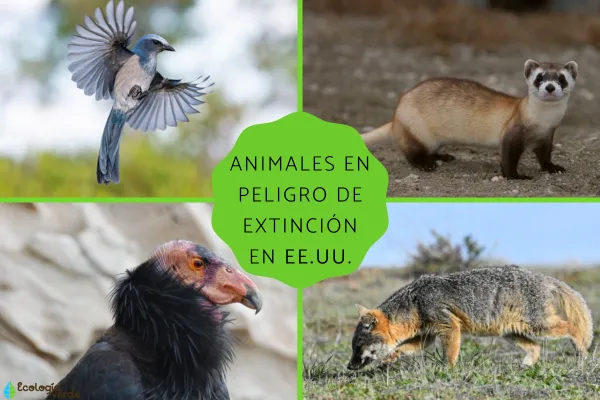
This small fox is native to six of California’s Channel Islands. Once critically endangered due to habitat loss and illegal hunting, the species has seen partial recovery thanks to focused conservation efforts. However, it remains vulnerable and still requires ongoing protection.

The only bird species endemic to Florida, the Florida scrub-jay inhabits dry, nutrient-poor shrublands prone to wildfires. Its population is declining steadily, pushing it toward endangered status due to habitat destruction and fragmentation.

Native only to northern Alabama, this small turtle is threatened by erosion, water pollution, and habitat degradation. Its elusive nature and small population size have made it one of the least studied turtles in North America.
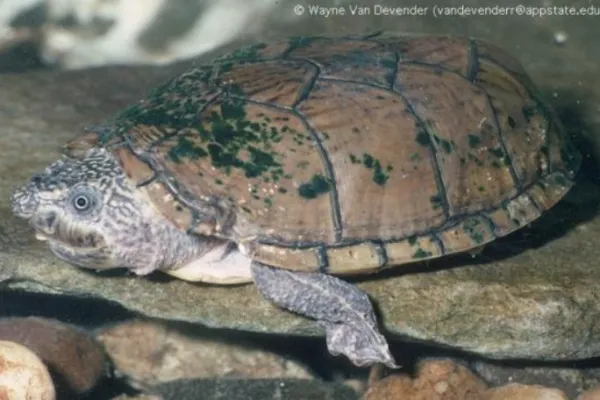
Found exclusively in California’s Sierra Nevada, especially in Yosemite National Park and the Sierra National Forest, this toad is endangered due to climate change, emerging pathogens, and the destruction of wetland habitats.

The largest land mammal in North America, the American bison once roamed the Great Plains in vast numbers. Despite its cultural importance to Native American tribes, intense hunting nearly drove it to extinction. Though numbers have improved, the species remains at risk.
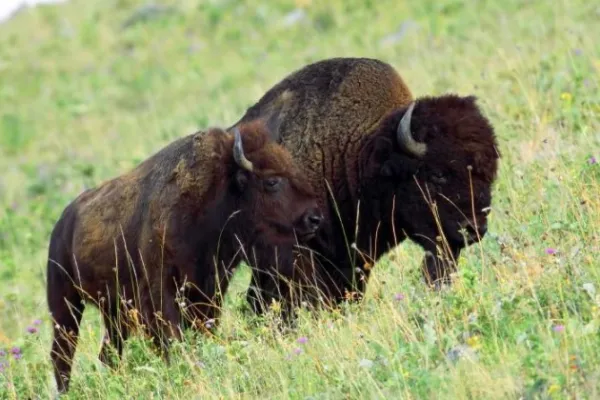
This nocturnal rodent lives in southeastern U.S. coastal regions, especially in cotton fields and sandy beaches. Urban development and agriculture have destroyed much of its habitat, making it increasingly vulnerable.
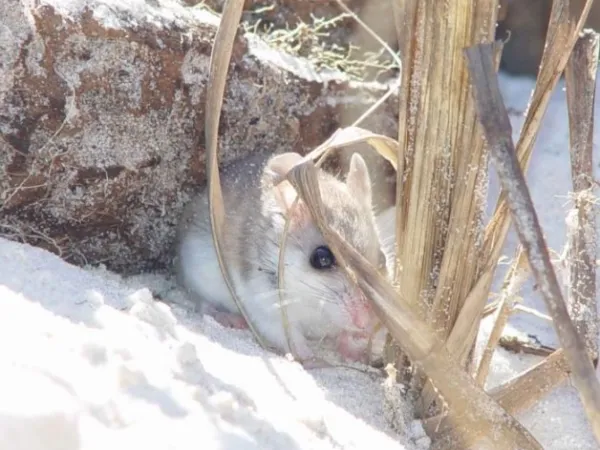
A striking Hawaiian songbird, the akohekohe is critically endangered and now confined to Maui island. Deforestation and the introduction of invasive species like feral goats and deer are major threats to its survival.
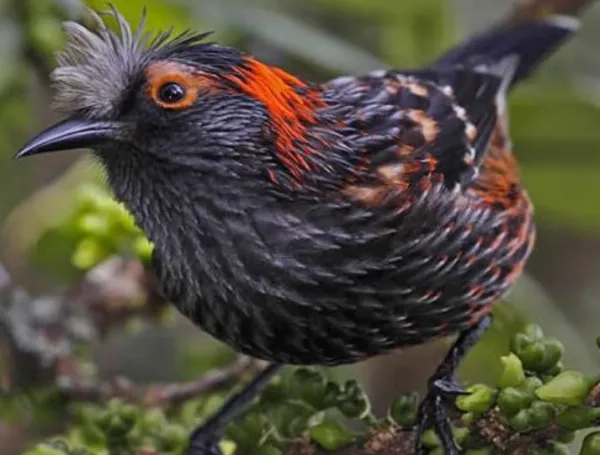
Also known as the California spotted owl, this nocturnal bird lives in the forests of western North America. Logging, livestock grazing, and agriculture continue to reduce its natural habitat and food sources.
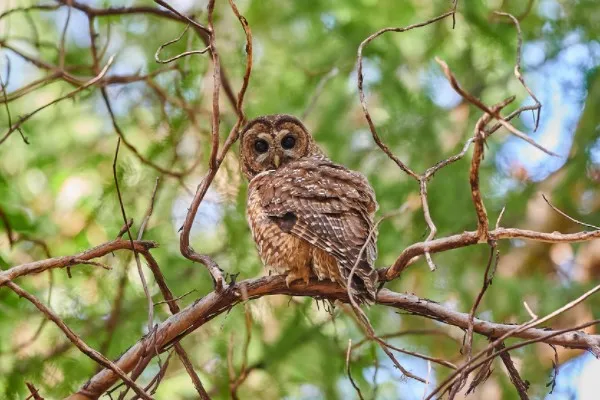
The only stork native to North America, the wood stork resides in warm, swampy regions in the southern U.S., especially Florida. Its population has plummeted due to the drainage of wetlands and changes in water flow patterns.
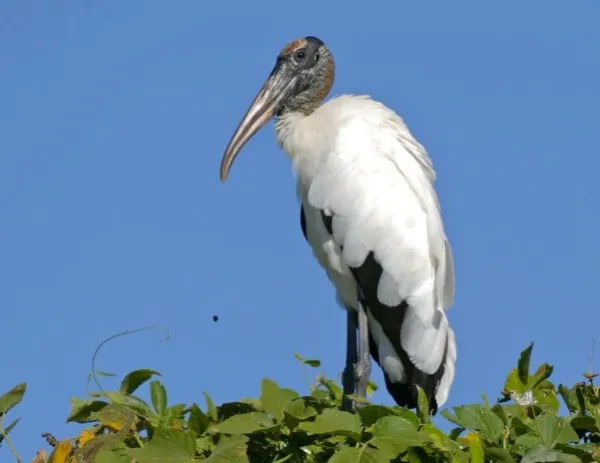
Once thought extinct in the wild in 1980, the black-footed ferret has been reintroduced through captive breeding programs. Threats include sylvatic plague, canine distemper, loss of prairie dogs (its main food source), and habitat fragmentation.
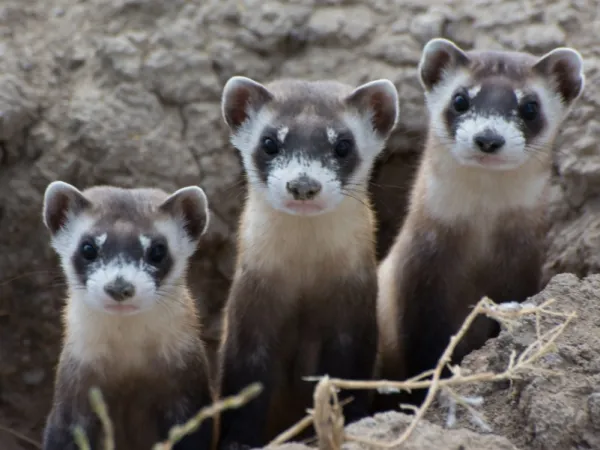
The largest flying bird in North America, the California condor lives in southern Utah, northern Arizona, central and southern California, and northern Baja California. Poaching and habitat fragmentation have pushed it to the brink, with the species currently classified as critically endangered.
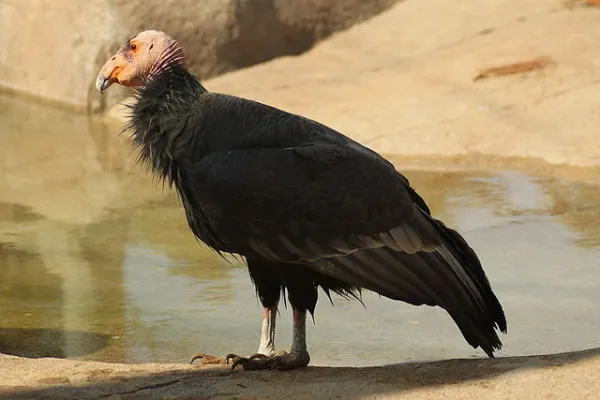
In addition to the species listed above, here are several other animals facing serious threats in the U.S.:
Yellow-Blotched Map Turtle (Graptemys flavimaculata)
Spotted Seal (Phoca largha)
Red Knot (Calidris canutus)
Gopher Tortoise (Gopherus polyphemus)
Piping Plover (Charadrius melodus)
Great Plains Gray Wolf (Canis lupus nubilus)
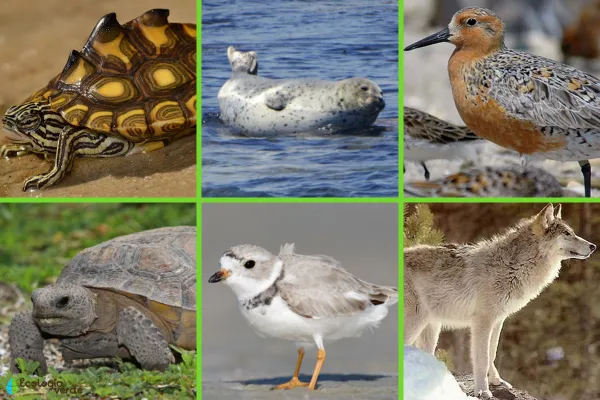
Protecting endangered species is not just about saving individual animals, but about preserving entire ecosystems. Here are some actions that individuals and governments can take:
Enforce strict hunting regulations
Combat illegal wildlife trafficking
Establish more wildlife reserves
Support native species reintroduction programs
Restore and preserve natural habitats
Conduct environmental impact assessments for new projects
Adopt eco-friendly habits to slow climate change
By supporting conservation efforts at every level — from personal choices to policy changes — we can help ensure these species have a future.
Want to learn more? Check out our [Endangered Species Section] for articles on how to protect wildlife around the world.
animal tags:
We created this article in conjunction with AI technology, then made sure it was fact-checked and edited by a Animals Top editor.